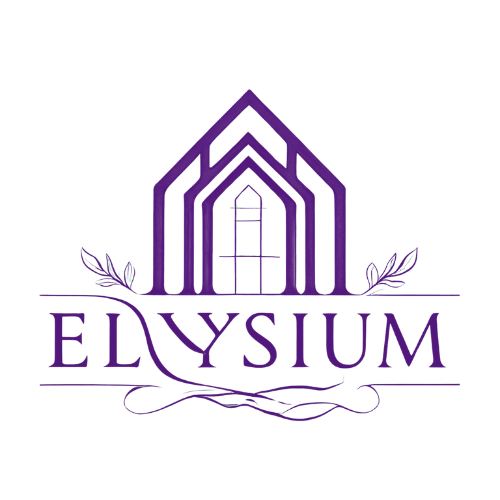How Infill Development Is Transforming U.S. Cities—And How to Profit From It
The Urban Development Paradigm Shift
The growing preference for infill development is rooted in a broader understanding that sprawl is no longer a sustainable or efficient solution. As highlighted by Bloomberg, urban sprawl drives up infrastructure costs, increases commute times, and worsens environmental impacts. Infill development, in contrast, promotes denser, transit-oriented growth that leverages existing roads, utilities, and public services.
Cities are responding by relaxing restrictive zoning policies, offering density bonuses, and incentivizing developers who focus on revitalizing inner-city neighborhoods. These efforts dovetail with market demand: renters and buyers are increasingly seeking walkable communities with easy access to jobs, shopping, and cultural amenities.
Why Infill Development Appeals to Investors
For investors, infill development offers several distinct advantages:
First, projects often require less capital to connect to infrastructure, as the groundwork—roads, water, electricity—is already in place. This reduces the time and cost to bring a project to market compared to greenfield developments.
Second, infill developments typically command a location premium. A recent feature in BuilderOnline showcased how developers are meeting demand for multi-family homes, townhomes, and mixed-use spaces in thriving urban cores. These projects attract premium rents and sales prices because they serve a demographic that values lifestyle amenities and proximity to transit.
Third, investors can capitalize on a growing toolkit of public incentives. From tax increment financing (TIF) districts to sustainability grants and historic tax credits, many infill projects benefit from government programs designed to support urban renewal and affordable housing.
Navigating Challenges and Unlocking Value
Despite the promise, infill development comes with unique challenges that require expertise to manage effectively.
Land acquisition can be difficult because parcels tend to be small, irregularly shaped, or fragmented among multiple owners. Zoning regulations, although increasingly flexible, still require careful navigation to avoid costly delays. Furthermore, community opposition can emerge from concerns about increased density or changes in neighborhood character.
However, experienced developers turn these challenges into competitive advantages. Early and transparent community engagement helps smooth approval processes. Strategic design can incorporate green spaces and architectural elements that respect neighborhood context, winning local support.
Municipalities are also evolving. Many now offer expedited permitting for projects that align with affordable housing or sustainability goals, reducing traditional hurdles.
Moreover, adaptive reuse of existing structures—such as converting old warehouses or commercial buildings into residential or mixed-use spaces—has become a lucrative infill strategy, often tapping into historic tax credits and preservation grants to enhance returns.
Future-Proofing Your Investment Strategy
As urban centers continue to evolve, infill development is poised to play a central role in meeting both market and policy goals. The emphasis on sustainability and walkability means that properties in well-located infill neighborhoods are likely to appreciate strongly, supported by ongoing demand from younger buyers and renters.
Additionally, as cities face increasing pressure to combat climate change, infill projects often qualify for green building incentives and low-interest financing, adding further financial benefits to the equation.
For investors ready to enter this space, success requires not just capital, but also strategic insight. This means partnering with professionals who understand local markets, zoning complexities, financing options, and community relations.
Conclusion: Seize the Urban Opportunity
Infill development is not just transforming U.S. cities—it is transforming how investors think about urban real estate. By focusing on underutilized urban parcels, leveraging infrastructure, and aligning with modern market demands, infill projects offer a path to resilient, high-performing assets.
At Estates of Elysium, we specialize in guiding investors and developers through the complexities of infill opportunities. From site identification and acquisition to financing and execution, our team delivers tailored solutions that maximize returns while contributing positively to urban communities.
If you are ready to explore the potential of infill development in Houston, Austin, or other leading markets, contact us today. Let’s unlock value together—building smarter cities and smarter investments.

